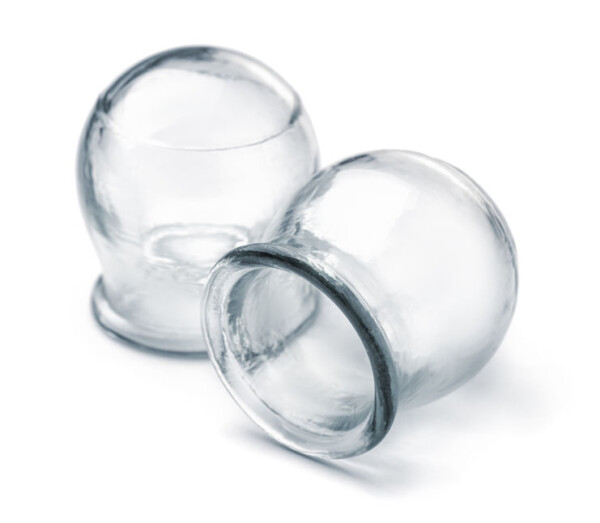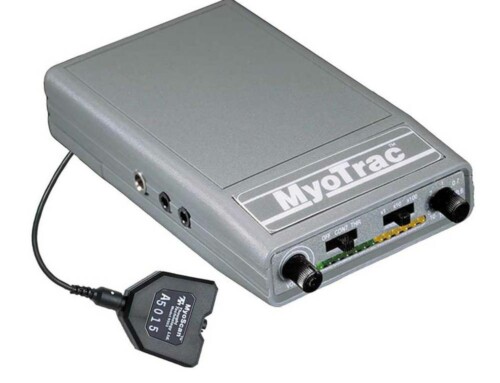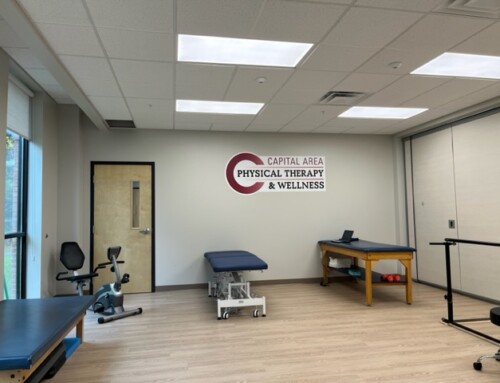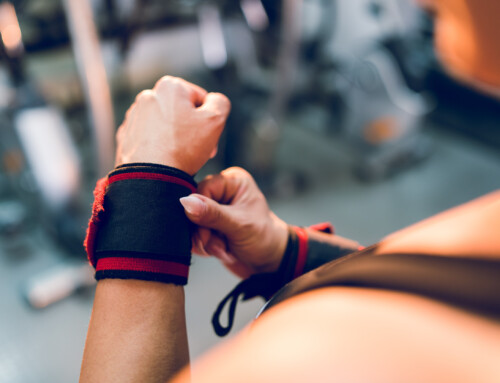
by Breanne DeBarros, SPT
Cupping therapy is a technique often utilized in complementary and alternative medicine. It is characterized by placing specialized cups onto the skin and creating a vacuum effect onto a localized area for a period of time. The suction creates negative pressure onto the specific area of skin and expands the capillaries located under the skin. This creates an increase of blood flow to the skin and promotes cellular healing. The suction can be beneficial for pain reduction, increasing circulation, reducing muscle tension, and promoting mobility in targeted areas. Cupping therapy can be used in the treatment of musculoskeletal pain in the lower back, neck, and knee.
The practice of cupping therapy can be traced back five centuries. It was often used in ancient Greek, Roman, Chinese, and Egyptian civilizations. The earliest documentation of cupping dates back to 1150 BC in Egyptian medical text known as Eber’s papyrus. The practice spread to various countries and cultures. Cupping therapy slowly made its way to the western world and continues to be utilized in numerous parts of the world.
There are a few different types and classifications within cupping therapy.
The two general categories include dry and wet cupping. Dry cupping creates the vacuum effect on intact skin through the fire, manual pump, or an electrical pump to create negative pressure in the specified area. Wet cupping includes a small amount of bloodletting. It uses the same suction premise with the inclusion of a small, superficial skin scratch. Both forms of cupping therapy may cause temporary, innocuous bruises in the shape of the cup.
Cupping therapy is viewed as a beneficial complementary treatment to coincide with other medical treatments based on the condition. Cupping therapy is indicated for treating musculoskeletal conditions such as chronic neck and back pain. It may also be used for conditions such as migraines, carpal tunnel syndrome, arthritis, and asthma. Cupping therapy is not to be used on specific injuries such as fractures, wounds, and areas with blood clots such as deep vein thrombosis.
Aboushanab TS, AlSanad S. Cupping Therapy: An Overview from a Modern Medicine Perspective. J Acupunct Meridian Stud. 2018;11(3):83-87. doi:10.1016/j.jams.2018.02.001
Furhad S, Sina RE, Bokhari AA. Cupping Therapy. In: StatPearls. Treasure Island (FL): StatPearls Publishing; October 30, 2023.
Wood S, Fryer G, Tan LLF, Cleary C. Dry cupping for musculoskeletal pain and range of motion: A systematic review and meta-analysis. J Bodyw Mov Ther. 2020;24(4):503-518. doi:10.1016/j.jbmt.2020.06.024
If you are looking for PT Treatment with Cupping Therapy, contact us today via our contact form, or call us directly at our physical therapy clinics in Malta, Saratoga, Delmar or Queensbury at 518-289-5242 for a personal evaluation, and find out how we can get you feeling better!





